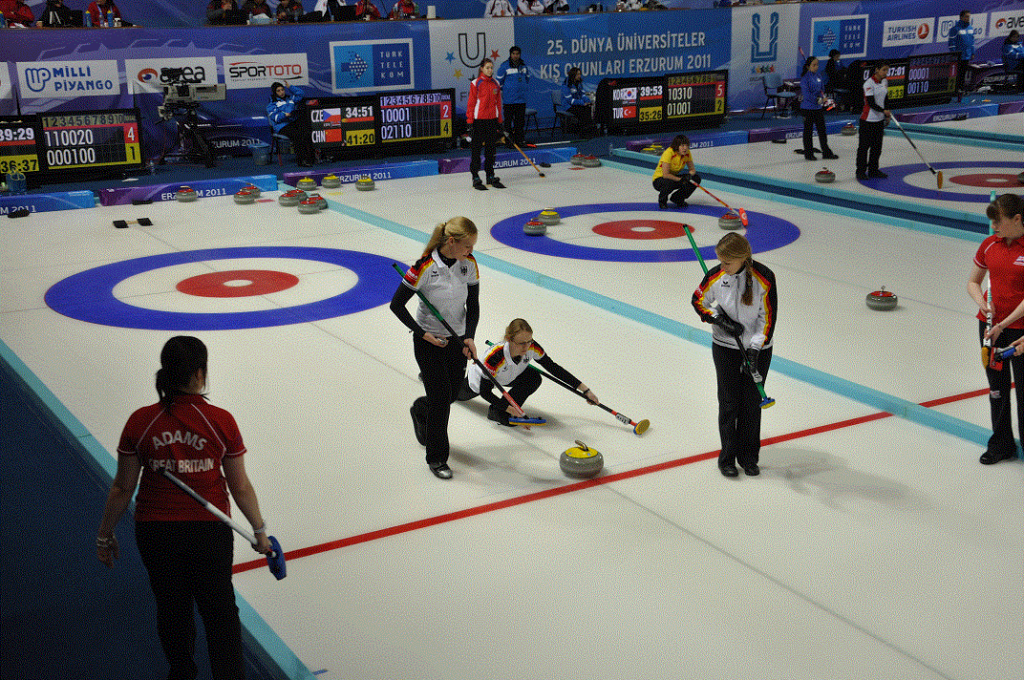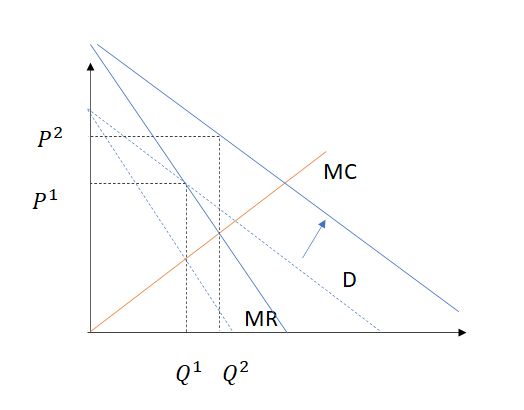Every four years, when the Winter Olympics are on TV, people chuckle about “the funny sport with the brooms” – curling. If you know me well, you know that this sport is dear to my heart, as I used to play competitively growing up in my native country of Germany.

One question that people commonly ask curlers is “Do you have your own curling stones?”. The answer is no, curlers generally do not have their own curling stones that they bring to the rink for a match. The first two reasons are purely practical – each stone weighs in at roughly 40 lbs, so they are not exactly easy to carry around. Secondly, the rocks need to be kept chilled or otherwise they’d be melting into the ice. But, even these impracticalities aside, there is another reason why curlers don’t have their own stones – their price.
The price of curling stones
New stones can cost between $500 and $800 apiece. Curling clubs buy these rocks in sets of 16 (8 rocks for each team), so that’s between $8500 and $13000 for a set of stones. Pretty expensive for sporting equipment, if you ask me! The Ferrari among curling stones are Kays of Scotland. Kays’ stones have been used in the last 5 Winter Olympics, making them the premier rocks on the market.
A quasi-monopoly
What makes these curling stones so special and how can we explain this hefty price tag? First of all, the fact that this brand is consistently the brand of stones in major competitions such as the Olympics or World Championship gives them what economists call “market power”. This means that they can charge a price that exceeds what would be charged in a more competitive market, as illustrated in Figure 1 below.

While a firm in a competitive market won’t be able to sustain a price above marginal cost (MC), a monopolist maximizes profits by charging a price such that the revenue from the last unit produced equals the cost of production. As a result, the price in a monopoly is higher than that in a competitive market.
Monopolies arise and are sustained through barriers to entry, which prevent new competitors from entering the market and putting pressure on the price. As mentioned before, Kays stones have consistently been used in major competitions. Hence, clubs, and especially clubs with competitive curlers, want to have Kays stones so that their players can practice with the same brand of rocks as used in major competitions. Thus, being “the” brand of curling stones creates a barrier to entry for new manufacturers.
Ailsa Craig – the curling stone island
Kays has another advantage over its competitors in the market for curling stones, as they are the only ones who have the rights to harvest granite from the island of Ailsa Craig. As it turns out, the granite from this small island off the coast of Scotland is the best when it comes to making curling stones. Other granite tends to pull in water, which then freezes, expands, and damages the stone. This problem does not occur with Ailsa Craig blue hone granite, as it has very low water absorption. Thus, Kays has control over a key resource for the production of curling stones, which makes it difficult for competitors to enter this market.
The growth of the sport of curling
Another factor that has contributed to the high price of curling stones is the increasing popularity of the sport. Curling has been part of the Winter Olympics since 1998, which was a complete game changer for the sport in many ways (I talk more about this in this episode of Dr. Stitzel’s podcast “Econ Buff”). One of the most obvious signs of the positive impact of being an Olympic sport is that the number of countries participating in the sport has almost tripled since the 1990s. The introduction of “Mixed Doubles”, where one male and one female player compete as a team, in addition to the traditional four player men’s and women’s competition, has allowed smaller federations to field competitive teams. Overall, this increasing popularity of the sport around the world has fueled the demand for curling stones.

As Figure 2 above illustrates, increasing demand leads to higher prices. The solid blue line represents the higher, new demand curve compared to the lower demand in the past, as represented by the dashed line. When we compare the two resulting prices that a monopolist like Kays chooses to charge, we see that the new price P2 is higher than the previous price P1. In short, if a product is more sought after, its price goes up.
Good curling!
In conclusion, we have seen that there are a couple of reasons that explain why curling stones are rather expensive sporting equipment. If you are interested in learning more about the forces that determine prices and how economics relates to sports, become a Buff and take courses in microeconomics, industrial organization or sports economics. And of course, if you are interested in learning more about curling, feel free to email me!


